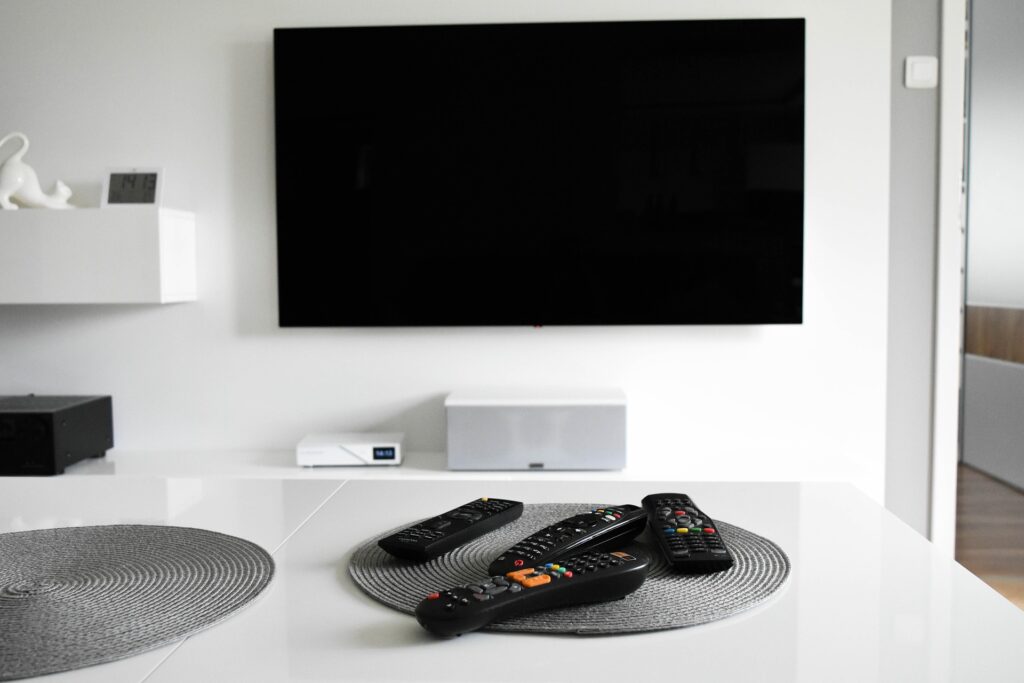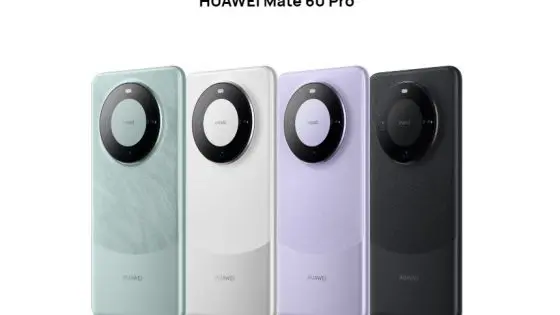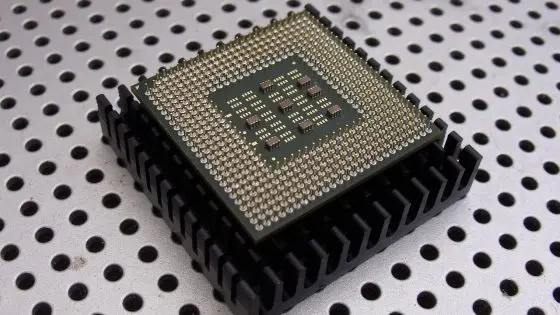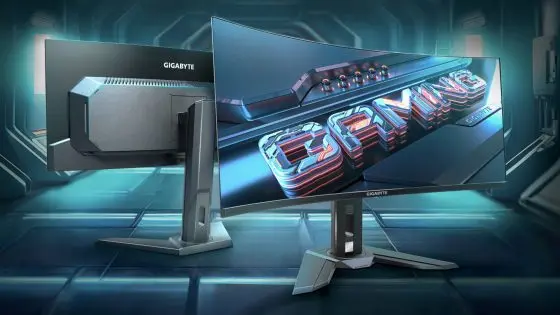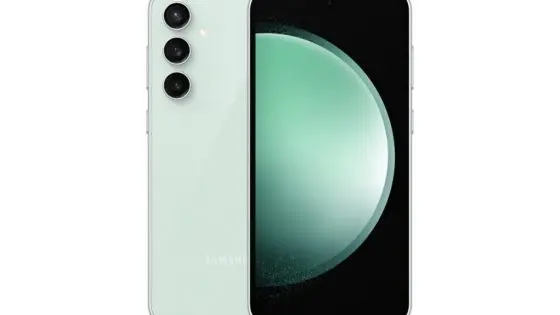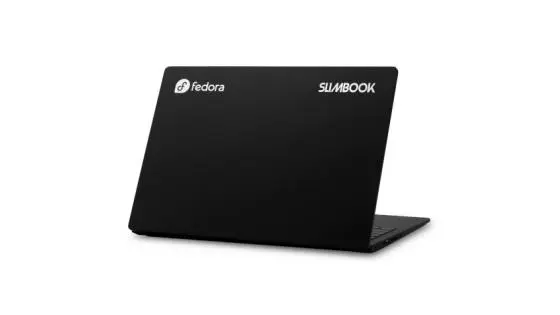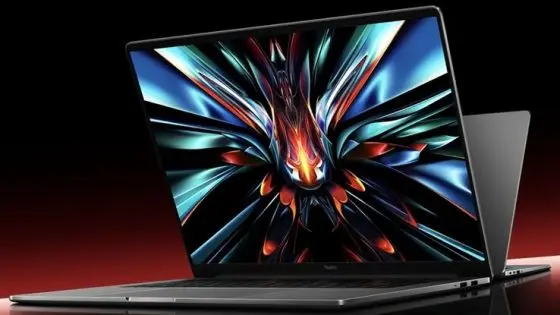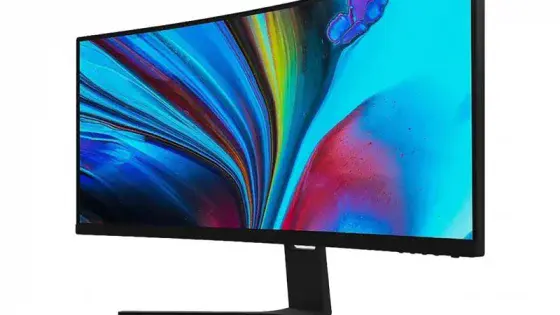What is the difference between LCD, LED, QLED and OLED displays?
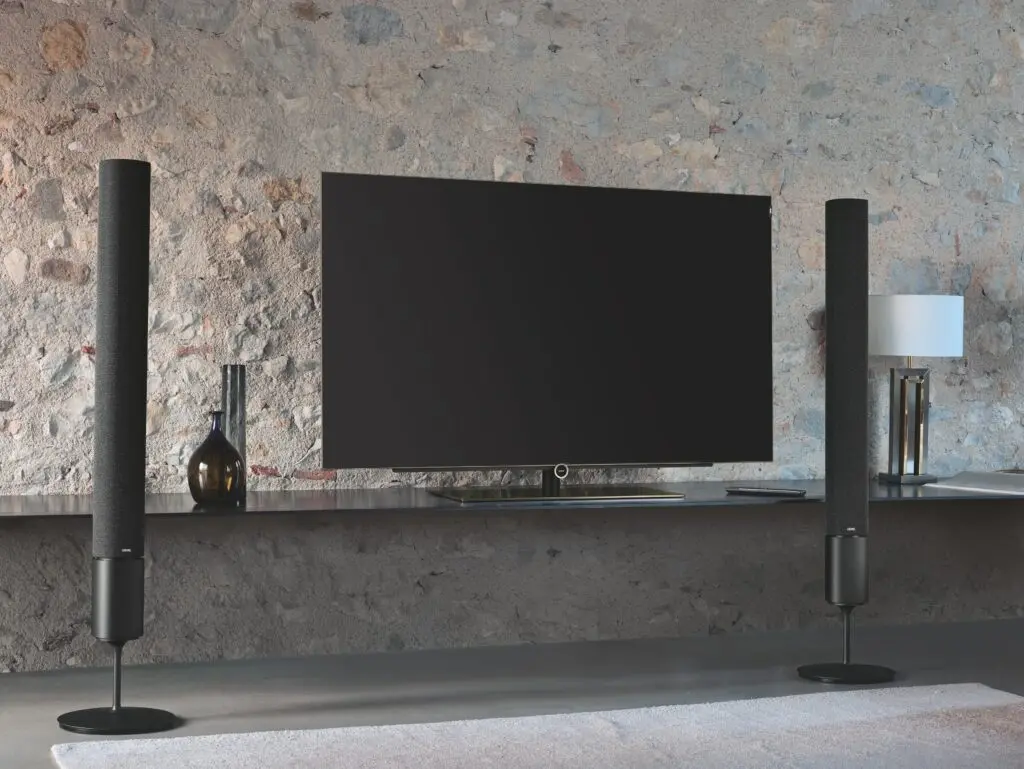
Buying a TV in 2022 is still extremely difficult. TV manufacturers use many terms such as HDR, Ultra HD 4K, HDMI 2.1, Dolby Atmos, Dolby Vision, which make it very difficult for users to know what they need and what is worth their money. In the last Äas you could see the two most popular expressions – QLED and OLED TVs. Although there is only one difference between the two technologies, the two technologies are completely different.
If you're also confused by all these TV terms, we'll help you understand what they mean below.
LCD TVs
LCD stands for "liquid crystal display" (Liquid Crystal Display). It is a flat panel technology commonly used in smart TVs and computer monitors. They are the successors of CRT screens, in front of which many generations spent their childhood. They also replaced plasma screens, which were among the most popular in the previous decade. LCD technology is slowly becoming obsolete with the advent of LED and OLED screens. Better technology is only one of the reasons for the failure of LCD screens. The latter emit blue light, which affects vision and general feeling. After prolonged use, individuals may experience slightly blurred vision, headache and tired eyes. ÄŒAlthough LED is only an upgrade of LCD screens, it has quite a few advantages that make it one of the most used technologies on the market.
LED TVs
Most of today's televisions fall into the LED category. LED (Light Emitting Diode) TVs have evolved to become one of the most popular choices among consumers, mainly due to attractive prices, better viewing angles and more dynamic colors compared to their predecessors. LED TVs are also more energy efficient, consuming less power compared to LCDs that use cold cathode fluorescent lamps (CCFLs). LED lamps enable savings of up to 30 %. Their competition on today's market is OLED TVs.
OLED TVs
OLED is an abbreviation for "Organic Light-Emitting Diode". Although at first glance it sounds similar to LED, it is actually a very different technology. LED in OLED has nothingÄ to do with the backlight of the screen (unlike an LED screen). Rather, it refers to the fact that each individual pixel in an OLED is also a tiny, tiny LED that can produce both light and color in a single element. Simply put, OLED TVs do not need a backlight because each OLED pixel produces its own light.
The biggest advantage of this design is the superb level of black color. Unlike QLED or LED TVs, which have to dim the backlight, OLED simply turns off the pixel. As a result, it does not emit light and color, so we can talk about true black colors. Without a separate backlight or LCD matrix, manufacturers also have several freedom in the design of OLED screens. LG has developed more of TVs that roll up and disappear completely. LG is also the largest producer of OLED displays, while also selling them to other companies such as Sony, Vizio, Philips, Panasonic and others. The direct competition to OLED screens is the upgrading of LED technology to QLED. In the future, however, experts predict that mini-LED will occupy the display throne.
QLED TVs
QLED is an abbreviation for “Quantum Light-Emitting Diode”, which in simple language means that a QLED TV is very similar to a classic LED screen, except that it uses tiny nanoparticles, called quantum dots, with which it increases brightness and dynamics. ness of colors. Although quantum dots sound like some space technology, it is the same lighting principle as LED screens, i.e. using a backlight consisting of several hundred or thousandÄ LED lamp. What really defines a QLED TV is the quantum dot filter, a film of tiny molecules that emit different colored light when struck by light. These quantum dots therefore create a brighter image and deeper colors.
Which display technology is the best?
Now you have a better understanding of what different abbreviations mean and how different display technologies work. It's time to compare them based on the parameters that are most important when buying a TV: contrast, viewing angles, lifespan, response time, and the like.
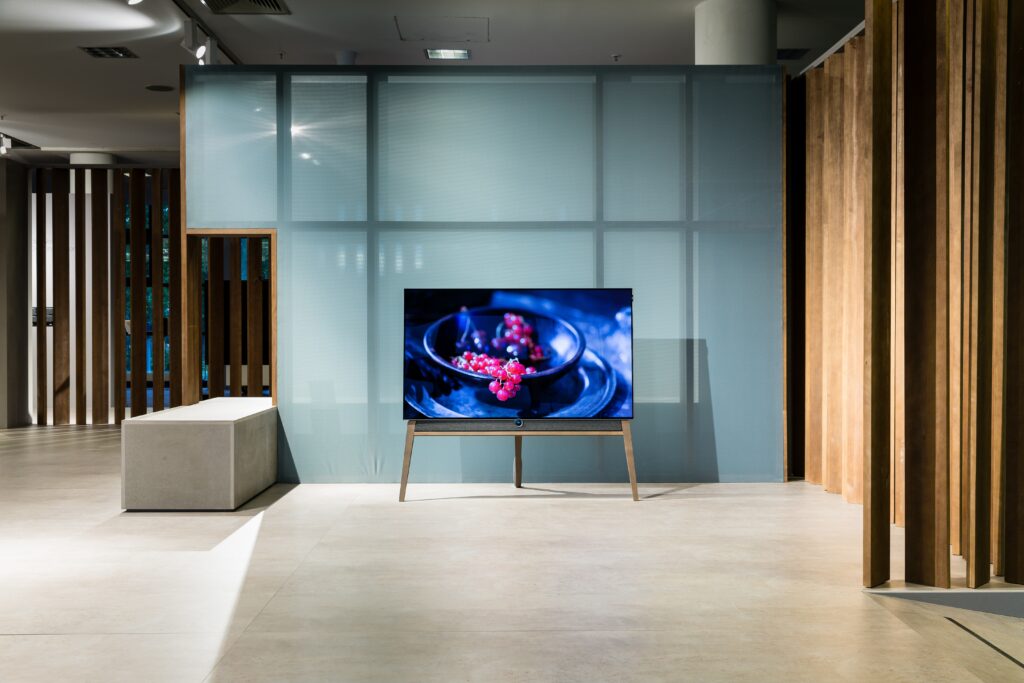
Black color and contrast
Contrast is the difference between the darkest and lightest part of the image. If the TV can display true blacks, then the highlights don't need to be very bright to achieve good contrast levels. When it comes to black levels, OLED is the undisputed champion due to its ability to turn off individual pixels.
If QLED TVs want to achieve true blacks, they need to dim the LED lighting and block the remaining light, which is very difficult to do completely. In some cases, light may spill into adjacent black pixels. Is the difference noticeable? Definitely, especially in dark scenes. Manufacturers of QLED TVs hope to reduce the gap between QLED and OLED contrast quality with mini-LED lighting.
Winner: OLED
Brightness
QLED TVs have a significant advantage when it comes to brightness. Since they use a separate backlight, they can achieve higher brightness than OLED versions. The inclusion of quantum dot technology further increases light by creating brighter shades in the color spectrum without losing saturation. The end result is a screen that has enough light to make the image clearly visible even in the most brightly lit rooms.
Individual pixels on OLED screens simply cannot produce the same amount of light. In a darkened room, this difference will not be noticed. But in well-lit rooms or rooms with a lot of daylight, QLED TVs are more visible, especially if you play HDR content in these conditions.
Winner: QLED
Color space
Until recently, OLED TVs had no competition in this field. With the development of QLED technology, the progress of color accuracy, brightness and color volume has increased. as obvious and comparable to OLED technology.
Winner: draw result
Visible angle
With QLED displays, the best viewing angle is in the center, and image quality, brightness, and contrast decrease as you move away from the center of the screen. The content on OLED screens does not deteriorate even at more drastic viewing angles. Some QLED TVs have improved their viewing angles, with some anti-reflective coatings helping them, but OLED maintains a clear advantage. For group viewing of movies or series, an OLED TV is the best choice.
Winner: OLED
Size and price
When OLED technology was still at the beginning of the development cycle, their size stopped at 55 inches. Today we find OLED screens with a diagonal of up to 97 inches, of course for absurdly high prices. QLED technology is simpler and cheaper for the production of screens of larger sizes.
Winner: QLED
Dead spots
Both QLED and OLED TVs may occasionally experience image retention. This happens when the TV temporarily continues to display part of the picture while the original scene disappears. Image retention occurs when the same visual element is on the screen for an extended period of time. Retention usually disappears by itself, but with OLED, its permanent variant, image burn-in, can appear. Burn-in occurs when the brightness of an OLED pixel is permanently reduced to a lower state. The only solution for this is to reduce all remaining pixels to the same level, but this is not a practical solution.
Winner: QLED
More tricks and tips in our online section Tricks and tips.



